The indigenous tribes of the Amazon have had to defend their homes for over 500 years. KfW has helped secure their territory and curtail deforestation.
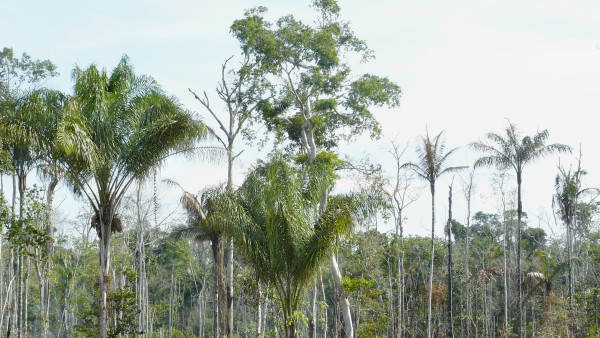
Desolate
In many places, the rainforest is being cleared illegally, permanently destroying natural habitats.
When the Portuguese sailor Pedro Álvares Cabral discovered the country now known as Brazil on 22 April 1500, the indigenous people of the Amazon entered into a fierce battle for their land. The residents of the rainforests still fear losing their way of life, even to this day. Although their rights to exclusive use of their land have been embedded in the Brazilian constitution since 1988, their homes are still being destroyed. Large swathes of forest have given way to cattle farms and soybean plantations.
Trees are chopped down illegally due to foreign demand for their wood. Gold prospectors leave a trail of barren mercury-polluted landscapes in their wake. In an effort to protect the indigenous population's land rights and curtail deforestation, KfW and Gesellschaft für Internationale Zusammenarbeit (GIZ) have been working with the World Bank to launch a project on behalf of the German Federal Government to demarcate Indian territories (PPTAL). Demarcation is a process in which territories are clearly drawn out.
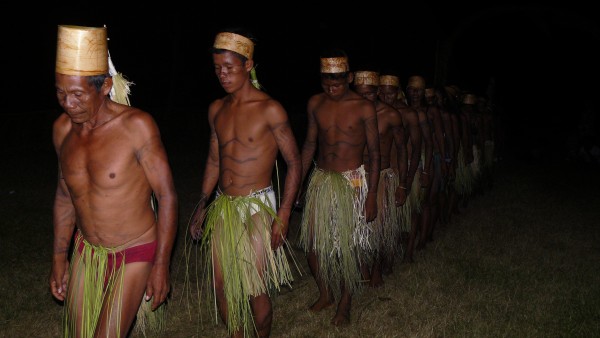
Protected space
The indigenous people are able to live according to their traditions inside the demarcated areas.
"To begin with, the demarcation process was slow as the areas are very difficult to reach," explains Silke Heuser, Senior Project Manager in the Evaluation division at KfW Development Bank. In order to secure the areas, the project team worked closely with the Brazilian Indian Foundation Fundação Nacional do Índio (FUNAI). KfW provided EUR 14.1 million of funds from the Federal Ministry for Economic Cooperation and Development (BMZ) to support the project.
When demarcating a territory, a representative from FUNAI works with the indigenous tribe in question to identify the area. Those in charge of the project then officially define the borders. To do this, six-metre-wide aisles are cut through the jungle and border stones are positioned at one-kilometre intervals. "FUNAI is keen to look after these aisles. However, this is a tricky task in light of the sheer magnitude of the areas," says Ms Heuser. All areas are given GPS coordinates and entered into the land register, thus providing evidence for their legal existence and ensuring that the area can always be located.
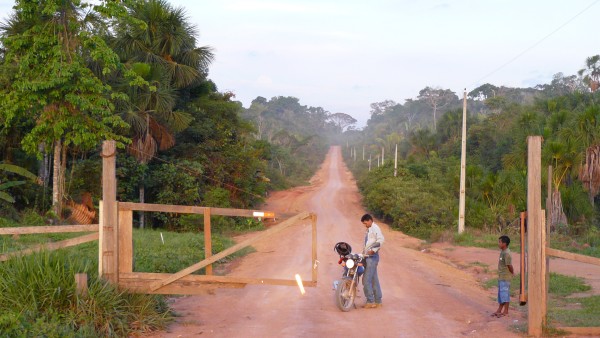
Borders
Six-metre-wide aisles through the jungle mark the borders of the Indians' territory.
Under the PPTAL project, 178 protected areas have been identified for 178 tribes. These areas are dotted all over the entire Amazon region. In total, they cover an area of around 38 million hectares. By means of comparison, Germany covers an area of around 35 million hectares. The project partners have demarcated around 50% more Indian territories than originally planned.
The indigenous people now live inside their new borders, just like 500 years ago (well, almost). "Locals call the rainforest their supermarket, where they get their meat, fish, fruit and vegetables. Instead of shopping, they have to hunt, fish and gather fruit," explains Ms Heuser. The indigenous people's knowledge of flora and fauna guarantees the sustainable use of the tropical rainforests and helps to keep them protected.
"Locals call the rainforest their supermarket."
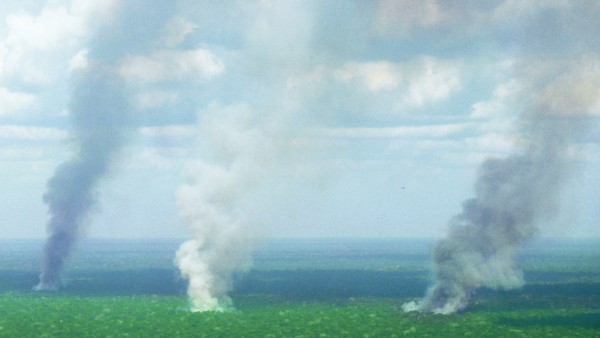
Resource depletion
The rainforest is being exploited. Wood is a coveted raw material and gold prospectors leave a trail of mercury-contaminated soil in their wake.
However, the indigenous tribes are also in desperate need of protection themselves. Colonialism, war, foreign diseases, slavery and persecution have wiped out entire tribes. Prior to the arrival of Europeans, three to eight million indigenous people lived in the Amazonian region of Brazil; by the early 1990s, this had fallen to a little over 400,000. "The demarcation project has contributed to the fact that around 600,000 indigenous people now live in the Amazon again. This outcome has exceeded our expectations," says Ms Heuser. The new borders — which outsiders are only allowed to pass following approval — also reduce the risk of infection. The immune system of the indigenous people is not equipped to cope with many widespread diseases.
Before they began benefiting from the demarcation process, FUNAI had classed the tribes as being under significant threat. The Paumari, for instance, live primarily off the fish they catch. However, intruders are threatening their habitat by fishing in Paumari waters. The Tenharim Marmelos regularly clash with tree fellers, who not only illegally clear the forests, but also use the Trans-Amazonian Highway for transportation. The Tenharim Marmelos have imposed a toll for use of this road, which passes through their territory. This increases the potential for conflict. Marking the borders has provided better protection for the tribes and their rights, as demonstrated by KfW's evaluation at the end of the project. The project's impact assessment was given the rating "Good".
Source
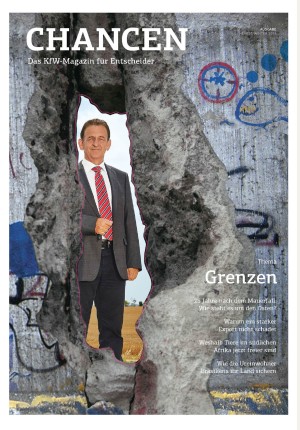
This article appeared in the autumn/winter 2014 issue of CHANCEN magazine focusing on borders.
See the issueThe success is even visible from a bird's eye view. Tight clusters of centuries-old trees and their lush green leaves hide the soil from sight. The areas that don't belong to indigenous tribes are barren or covered by cattle farms, sawmills, and plantations. "By guaranteeing the indigenous people the right to their own land, we are also protecting the rainforest at the same time," says Ms Heuser. Nevertheless, the KfW project manager is still worried. The voices of those who wish to make better economic use of the rainforest's resources are becoming louder and louder. "We have helped indigenous tribes create a safe foundation for living and very much hope that everything we have achieved will not be destroyed by new laws."
Published on KfW Stories: Wednesday, 5 July 2017
The described project contributes to the following United Nationsʼ Sustainable Development Goals
Goal 10: Reduce inequality within and among countries
In the period between 2007 and 2012, lower-income groups experienced stronger income growth than the higher-income groups in many countries of Asia and Latin America. This is a good indicator that inequality in the world is decreasing because less inequality is an important prerequisite for taking advantage of peoplesʼ economic, scientific and social potential.

All United Nations member states adopted the 2030 Agenda in 2015. At its heart is a list of 17 goals for sustainable development, known as the Sustainable Development Goals (SDGs). Our world should become a place where people are able to live in peace with each other in ways that are ecologically compatible, socially just, and economically effective.

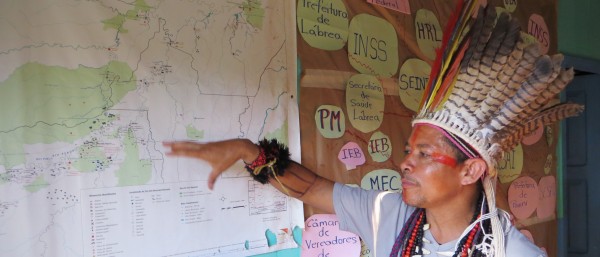
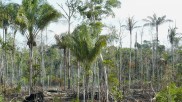
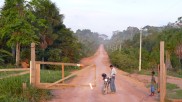
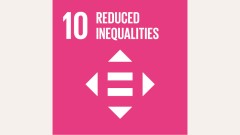
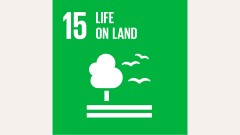
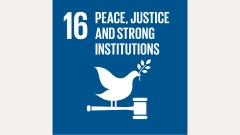

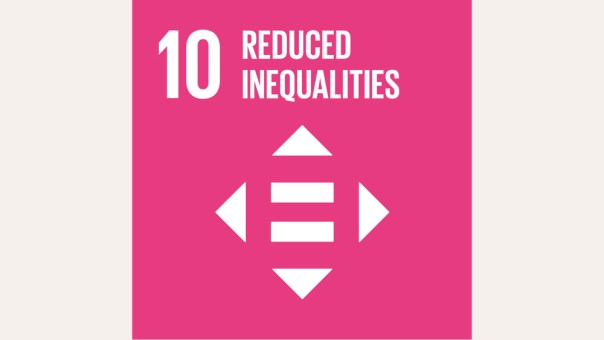
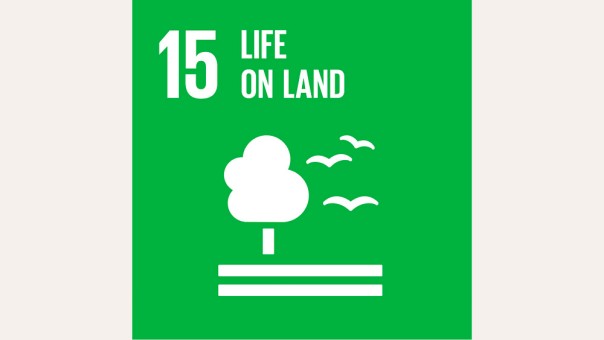
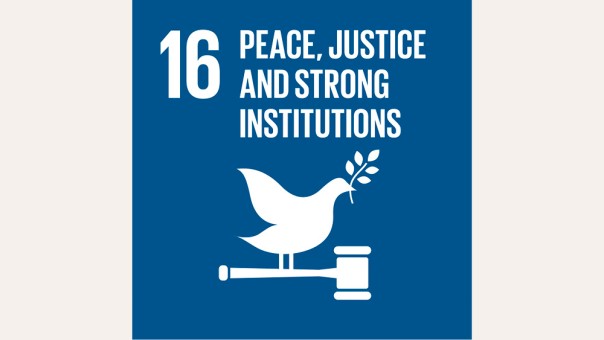

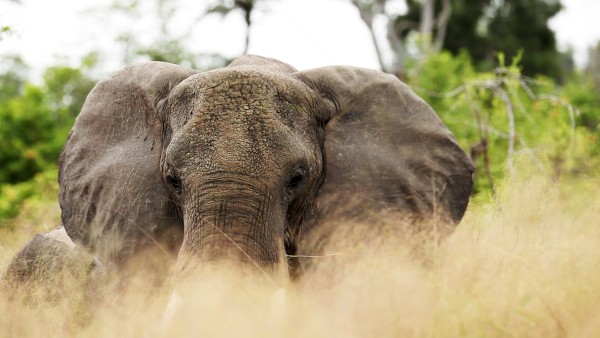
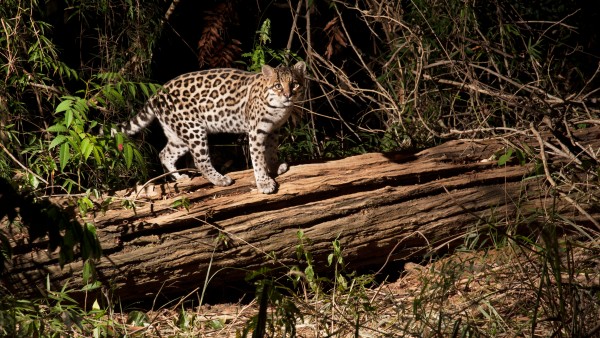
Data protection principles
If you click on one of the following icons, your data will be sent to the corresponding social network.
Privacy information